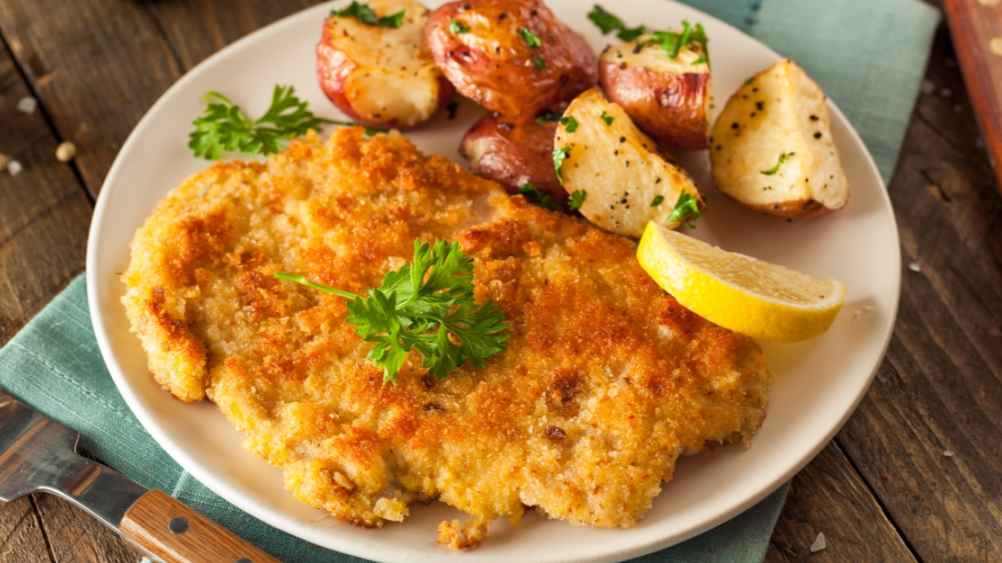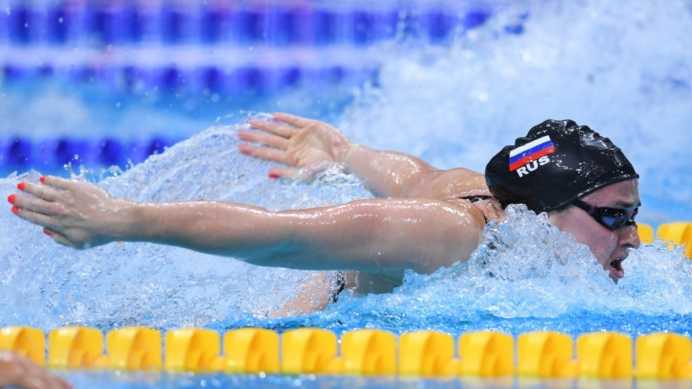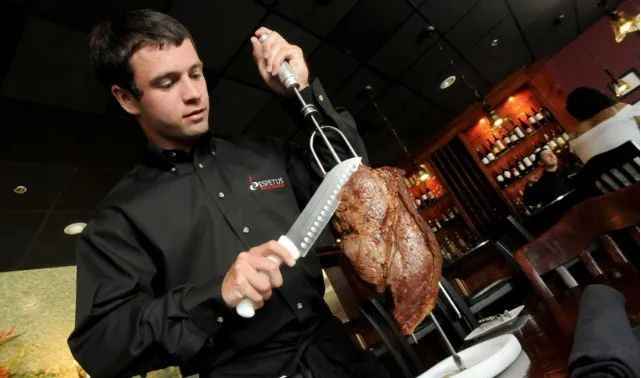Vienna, Austria – Nestled at the crossroads of Central Europe, Austria’s culinary landscape is a vibrant mosaic of cultural influences, and few dishes embody this fusion more iconically than the beloved Wiener Schnitzel. More than just a national staple, this crispy, golden delight tells a story of historical exchanges and culinary ingenuity.
At its core, Wiener Schnitzel is a masterclass in simplicity and precision. The dish begins with tender veal cutlets, carefully pounded to a uniform thinness – a technique said to draw inspiration from Italian cotoletta alla Milanese, reflecting Austria’s historical ties to Italian culinary traditions. Once flattened, the cutlets undergo a three-step coating process: first dredged in flour to seal in juices, then dipped in beaten eggs seasoned with a pinch of salt, and finally coated in fine, dry breadcrumbs that ensure a light, crisp crust.
The frying stage is equally crucial. Chefs typically use clarified butter or a blend of butter and oil, heated to the perfect temperature to create an outer layer that crackles upon the first bite, while keeping the veal inside juicy and tender. This method, balancing richness with restraint, hints at Austrian cuisine’s ability to blend hearty Central European flavors with refined touches.
Wiener Schnitzel’s popularity extends beyond Austria’s borders, but its roots in local culture run deep. It is often served in traditional Beisln (cozy taverns) alongside sides like potato salad, lingonberry jam, or a simple green salad – a pairing that marries the dish’s richness with fresh, tangy elements, echoing the influence of neighboring German and Slavic culinary habits.
In essence, Wiener Schnitzel is more than a meal; it is a symbol of Austria’s culinary identity – one shaped by centuries of cultural exchange, yet distinctly its own. For both locals and visitors, each crispy bite offers a taste of the country’s ability to turn simple ingredients into something extraordinary.








